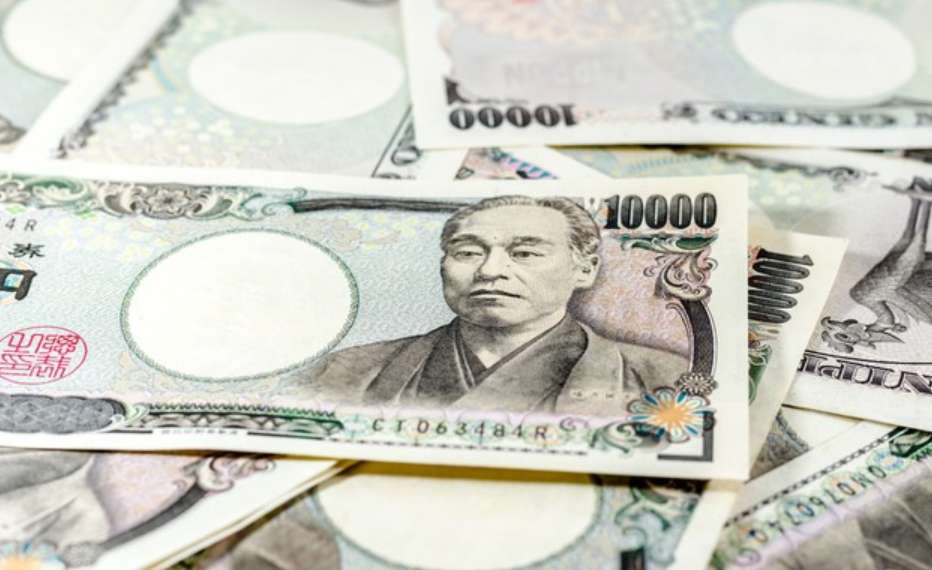On the 24th of the month, the Bank of Japan, adhering to market expectations, raised its policy interest rate by 25 basis points to 0.5%. This marks the first return to interest rate hikes since July of the previous year, and it is the most significant increase since February 2007, pushing Japan's key rate to its highest level since 2008.
The Bank of Japan has indicated that it will continue raising the policy rate if economic and price trends align with projections. Even following this policy shift, the real interest rates are expected to remain in deeply negative territory, meaning accommodative monetary conditions will persist despite the increase. The overall market has maintained stability, notwithstanding various uncertainties.
The core Consumer Price Index (CPI) has seen a year-on-year rise. The central bank's quarterly economic outlook report forecasts that the median values of the core CPI for the fiscal years 2024 to 2026 will be at 2.2%, 2.51%, and 2.1%, compared to previous projections made last October of 2.0%, 1.9%, and 2.1%. Pertaining to real GDP growth rates for the same fiscal years, the forecasts are adjusted to 0.5%, 1.1%, and 1.0%, from prior expectations of 0.6%, 1.1%, and 1.0% in October. The Bank of Japan noted that consumer spending is on a moderate upward trend while underlying inflation is gradually increasing, progressing towards the central bank's target. The recent estimated potential growth rate is approximately 0.5%, and CPI year-on-year growth rates for the fiscal years 2024 and 2025 are projected to rise, reflecting increases in rice and import prices.
Hours ahead of the central bank’s rate decision announcement, the Ministry of Internal Affairs and Communications released data indicating that due to a rise in energy prices, the nationwide core CPI experienced a year-on-year increase of 3% in December, surpassing the previous value of 2.7%. It is the first time this critical inflation gauge has reached 3% in 16 months, emphasizing the persistent upward trend in Japanese prices. Chief economist of the Itochu Research Institute, Atsushi Takeda, stated, "The relevant data has provided solid confidence for the Bank of Japan. The bank can confirm that there is no need to delay a rate hike."

The largest labor union in Japan, Rengo (Japanese Trade Union Confederation), emphasized today the necessity of ensuring wage increases, as real wages continue to decline. Economist Toh Au Yu from Capital Economics indicated that the pressure for wage increases in Japan would sustain the likelihood of continued rate hikes by the Bank of Japan this year. Latest indications from surveys suggest that employees' wages will significantly increase once again in this year's "Shuntō" (spring wage negotiations). This is likely to boost the wage-inflation spiral strength and align with the central bank's expectations.
Additionally, following the inauguration of the new American president, statements regarding tariff policies have been comparatively calmer than during the election period. Chief economist Nakamura from Okasan Securities Research noted, "As a result, the post-inauguration absence of anticipated market turbulence allowed the Bank of Japan to raise rates. Moreover, increasing the rate by just 25 basis points to 0.5% will not sufficiently cool the economy."
Recently, Bank of America has adjusted its expectations concerning rate hikes by the Bank of Japan, forecasting further increases in July 2025 and January 2026 (previously anticipated for October 2025 and March 2026), predicting a terminal rate of 1%.
The yen has faced some pressure. Following the announcement of the rate decision, fluctuations in exchange rates were observed. Jun Mimura, the top official responsible for foreign exchange affairs at Japan's Ministry of Finance, stated this week that Japan is closely monitoring foreign exchange market positions, particularly speculative positions, as currency fluctuations are undesirable. The Bank of Japan reiterated the necessity to remain vigilant regarding movements in the financial and foreign exchange markets and their impacts on economics and prices. Uncertainties for the outlook persist, requiring careful observation of corporate wage-setting and pricing behaviors.
Over the past month, the dollar-yen exchange rate has hovered around 155 yen, with instances of even higher levels, reflecting investors' expectations of a sustained interest rate gap between the U.S. and Japan for a considerable period. Meanwhile, with limited wage growth, rising prices continue to exert pressure on consumers, presenting significant challenges for Prime Minister Kishida. The latest quarterly household confidence report from the Bank of Japan reveals that inflation expectations among Japanese households have risen to the highest recorded level due to persistently high living costs. To mitigate these impacts, the Kishida government has introduced an economic plan, which includes resuming utility subsidies from January to March and providing cash assistance to low-income families. However, restoring subsidies might lead to a reduction in inflation once again.
Earlier today, the Japanese government submitted a budget proposal of 115.54 trillion yen for the fiscal year 2025 to the National Diet, exceeding 110 trillion yen for the third consecutive year, thus representing the largest budget on record.
Before the announcement of the rate decision, the Japanese stock market experienced gains for the fifth consecutive trading day. Following the decision, midday trading saw a slight retreat in stock gains, but the overall increase remained positive. The 10-year Japanese government bond futures dropped by more than 10 basis points.
Previously, there were significant concerns in the market that the long-awaited rate hike by the Bank of Japan might incite a market tumult reminiscent of last year. However, Bank of America has indicated that the current rate hike is unlikely to result in a drastic decline in Japanese stocks, akin to what happened in August 2024, as the earlier plunge was chiefly triggered by significantly deteriorated U.S. employment figures and the unwinding of yen carry trades. Presently, the employment data in the U.S. exhibits a contrary trend, and no accumulation of yen carry trading has been observed, meaning the market has already "digested all the bad news."